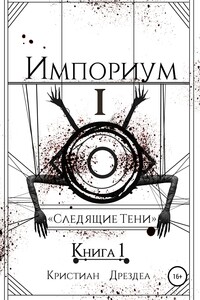Raven One | страница 9
A dread began to creep inside, bringing him back to the realization of what waited him later that morning and every morning, a reason he would resign his commission. Five more months, he thought, as he turned over and closed his eyes.
CHAPTER 2
At thirty-five years old, “Flip” Wilson was at the pinnacle of his flying prowess. As a Hornet pilot of some 3,000 hours, he had been in the cockpit each year of the twelve since flight school and was a decorated combat veteran. Approaching the end of his tour in the Ravens of Strike Fighter Squadron Sixty Four, Wilson was the Operations Officer responsible for both training the squadron pilots for any contingency and producing a daily flight schedule. Below him in rank were three more department heads and a gaggle of junior officer pilots. And, as mandated by the Navy’s career managers, he had a desk job awaiting him after this cruise.
The Ravens consisted of 15 pilots, a small number of maintenance officers, a dozen chief petty officers, and some 160 sailors who maintained the 11 aircraft and performed various functions that allowed the operation to run without hiccup. The Ravens flew the multi-mission FA-18 Hornet strike-fighters, and were equally at home with anything from air-to-air fighter sweeps and combat air patrols to air-to-surface bombing and defense suppression missions with an array of weaponry each pilot mastered. VFA-64 was commanded by Commander Steve “Cajun” Lassiter, an easygoing former Tulane linebacker with a thick moustache and a shock of dark hair. He was known as the “CO” or Skipper to those inside the squadron. The second in command, the executive officer, or XO, was a sour-faced martinet. Commander William “Saint” Patrick was responsible for all squadron administrative functions and in line to succeed the CO. Patrick was a slender man of medium height with a thinning hairline he combed to perfection. Unlike any other air wing pilot, he wore his flight suit only from brief to debriefing a flight. Once the debrief ended, he changed into a khaki uniform within minutes.



